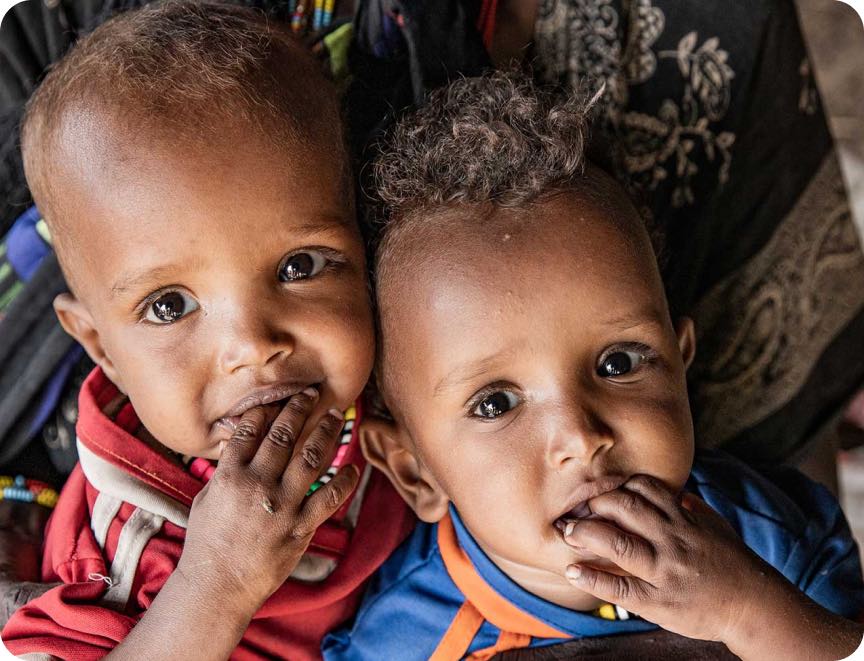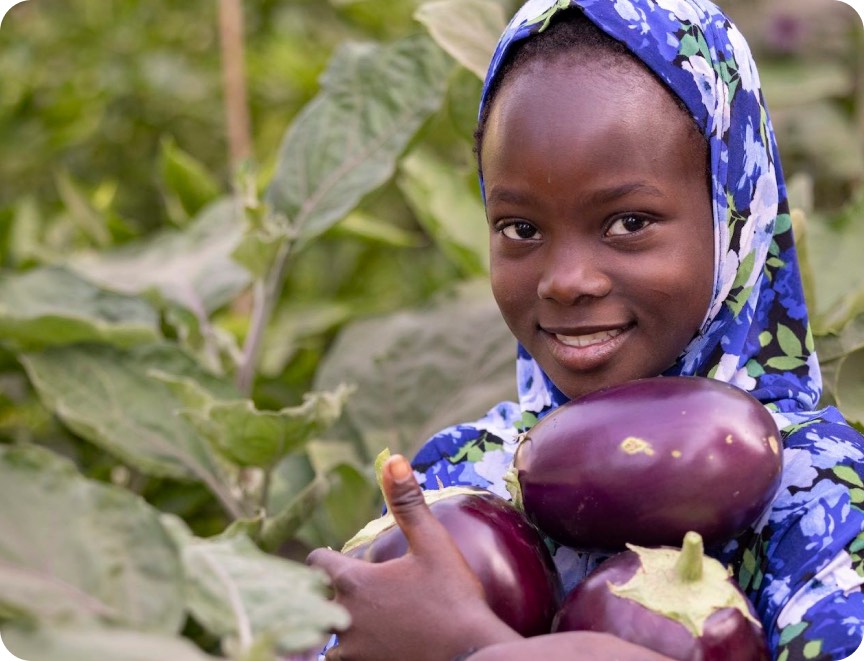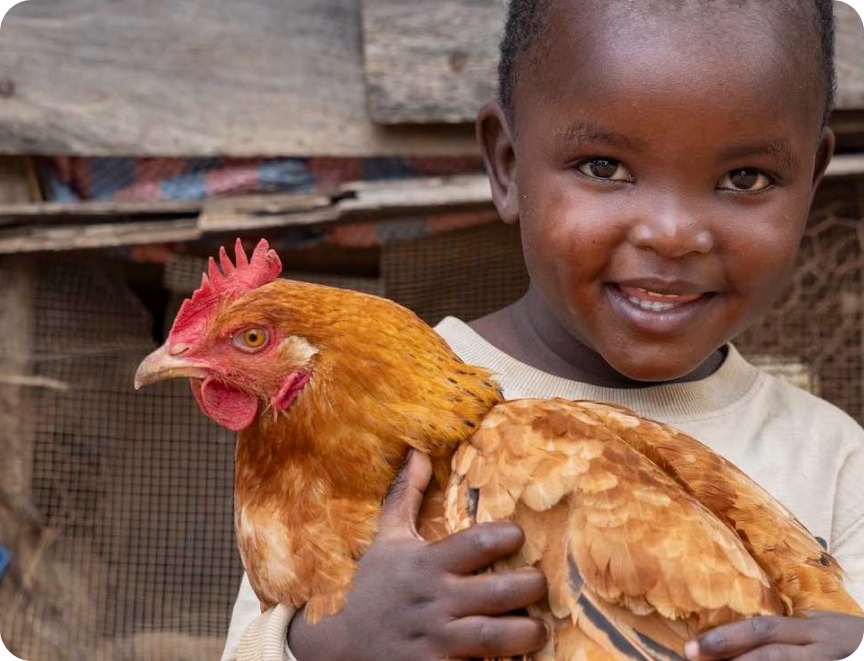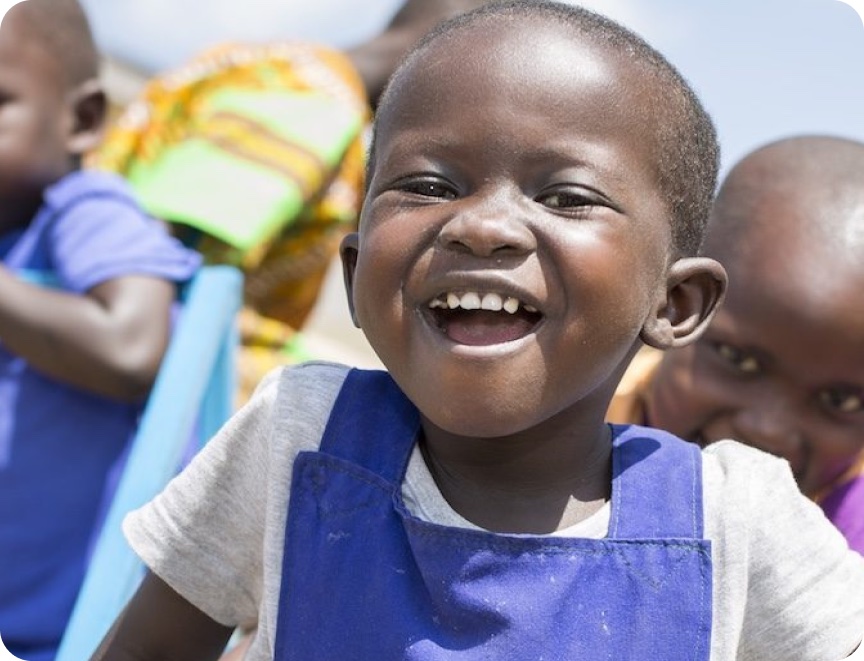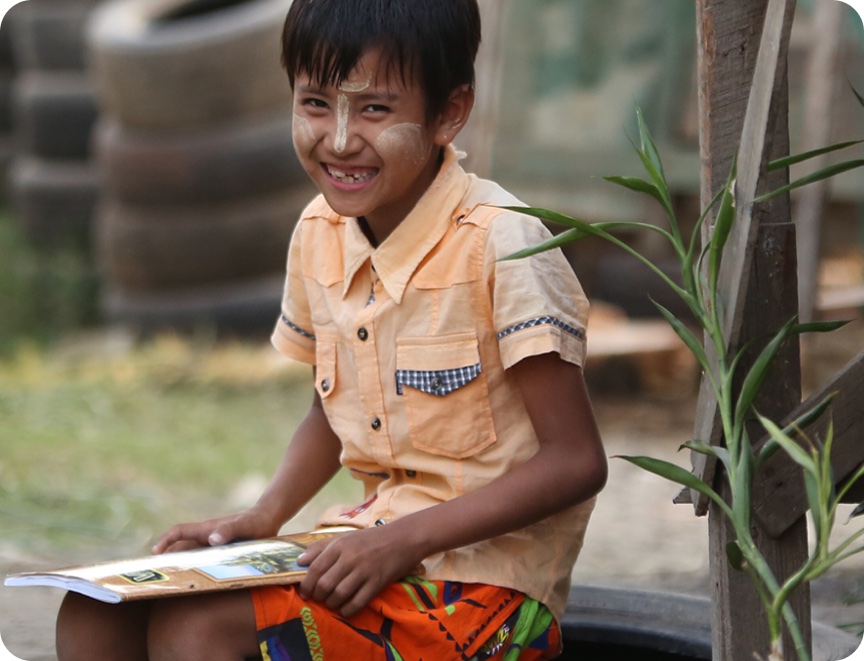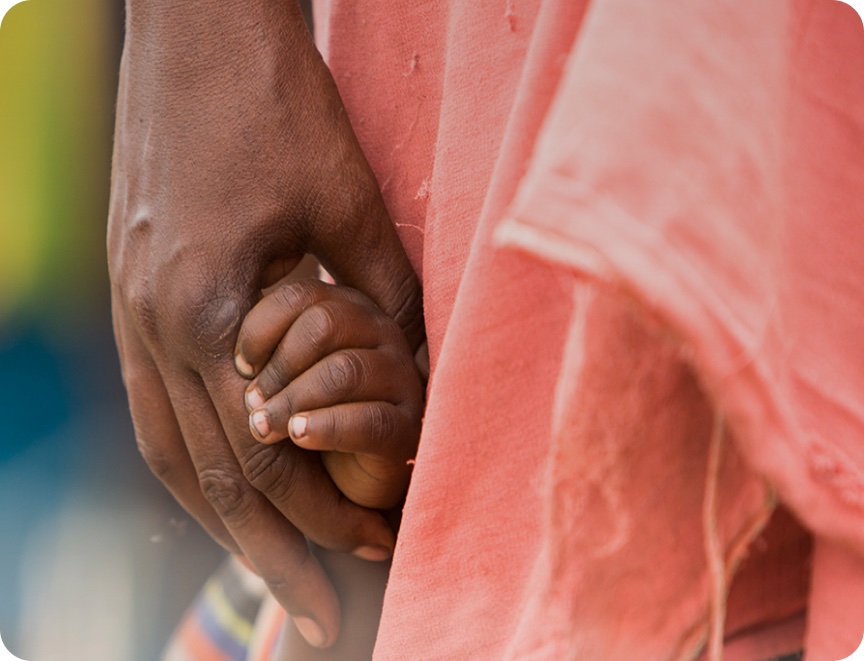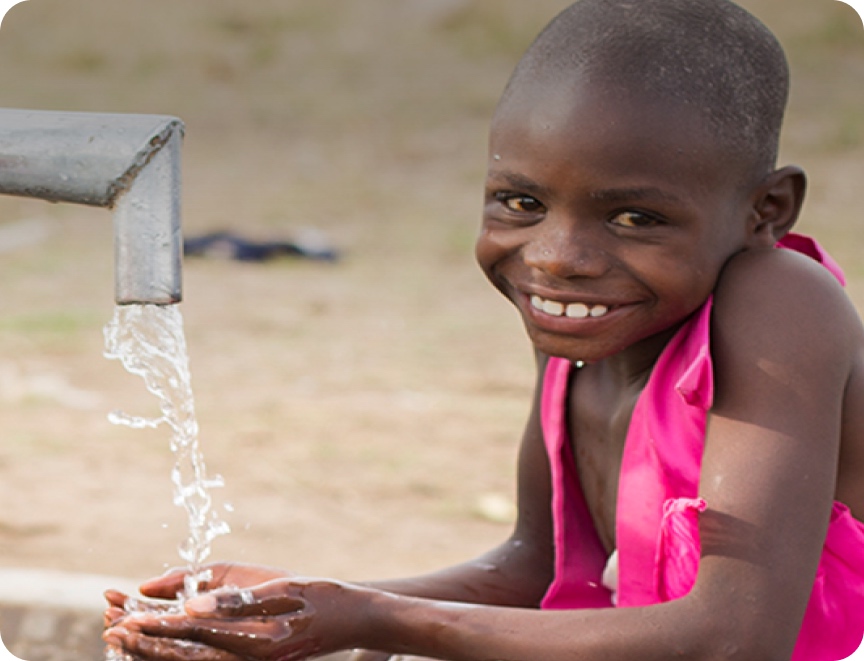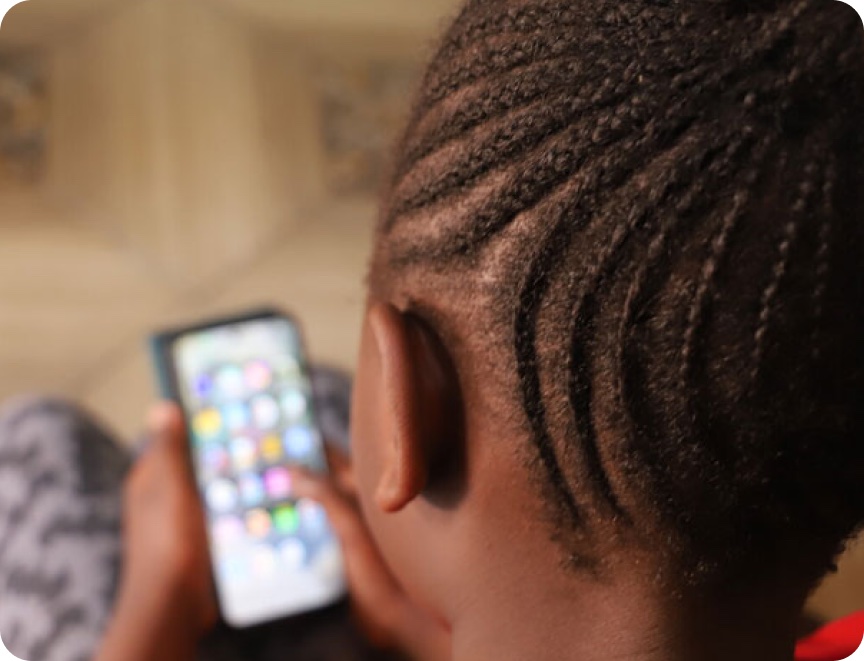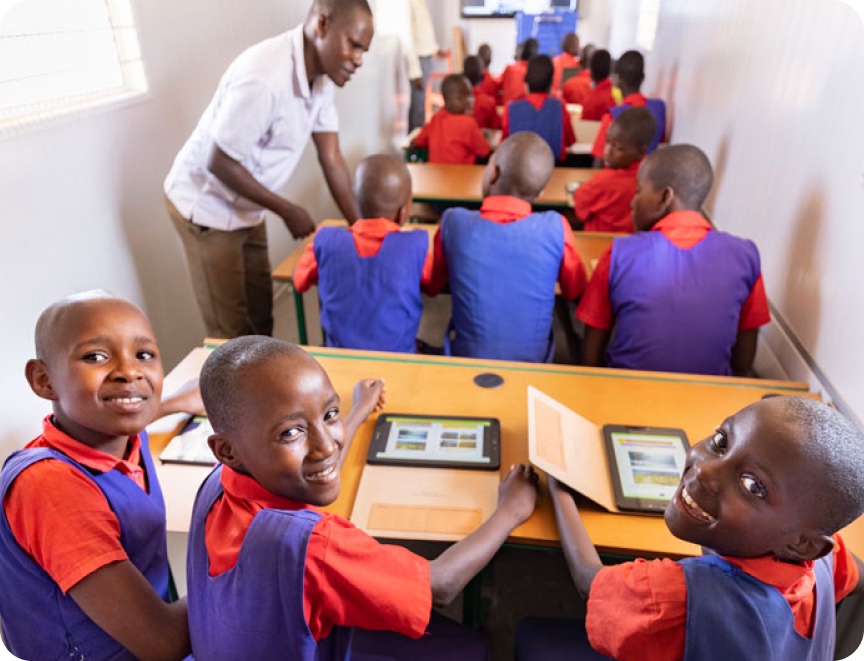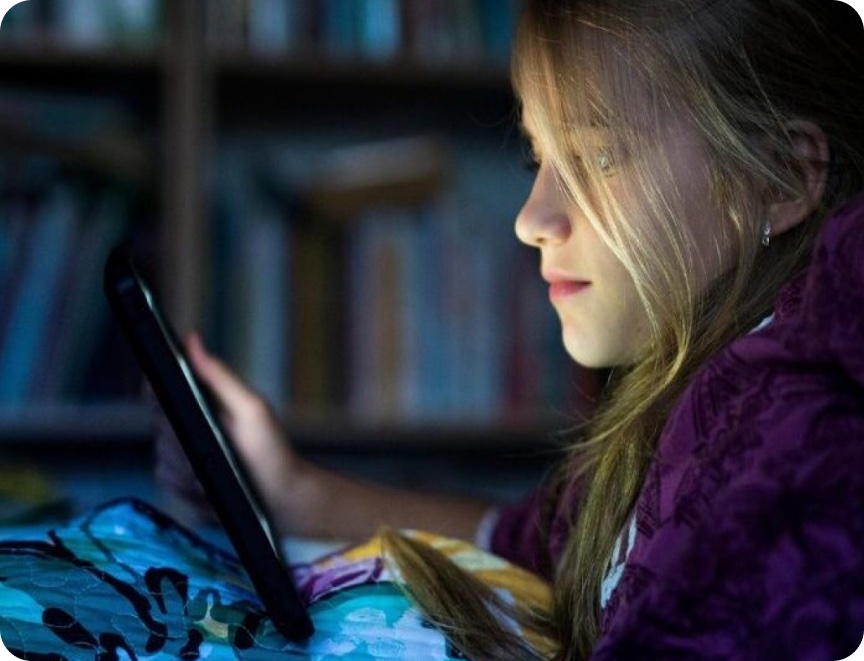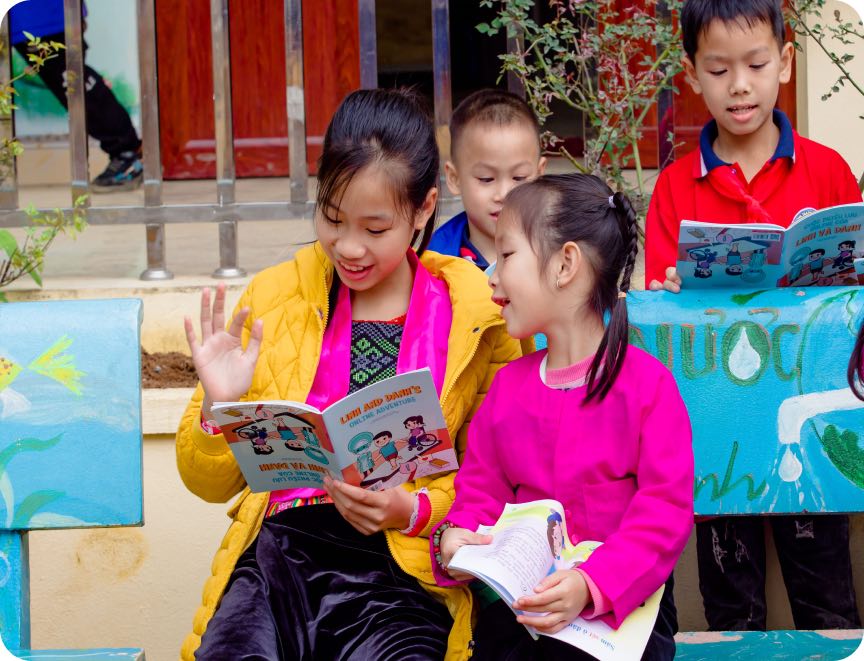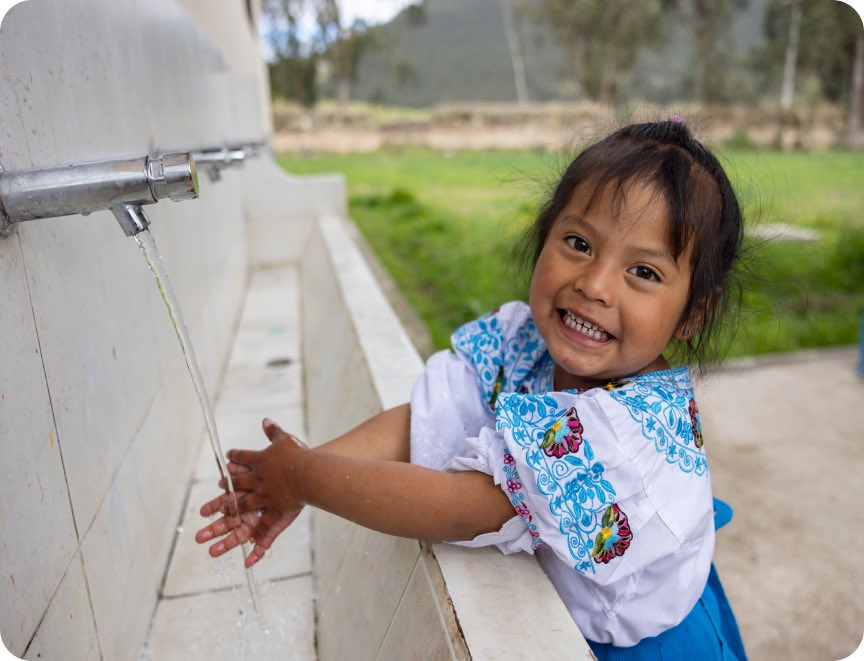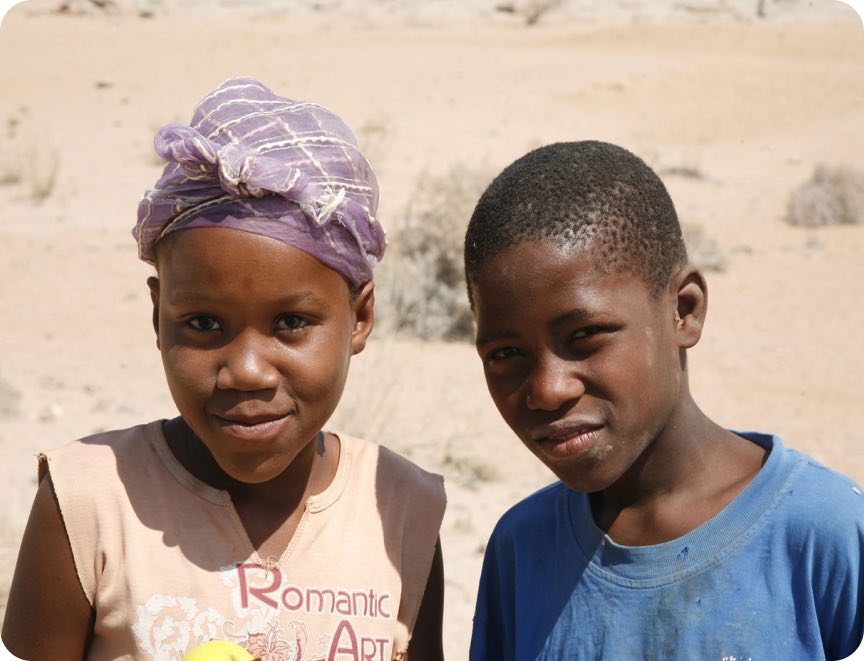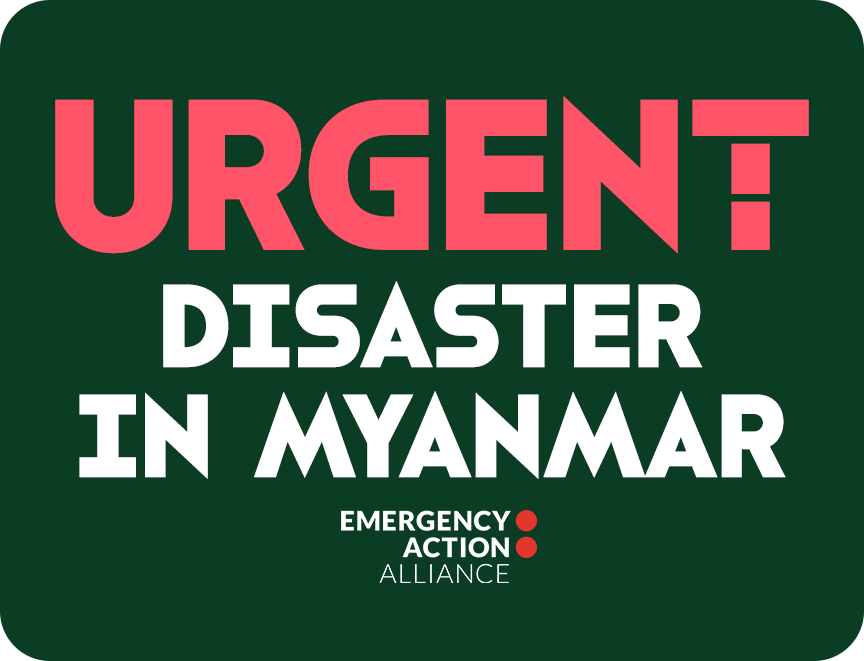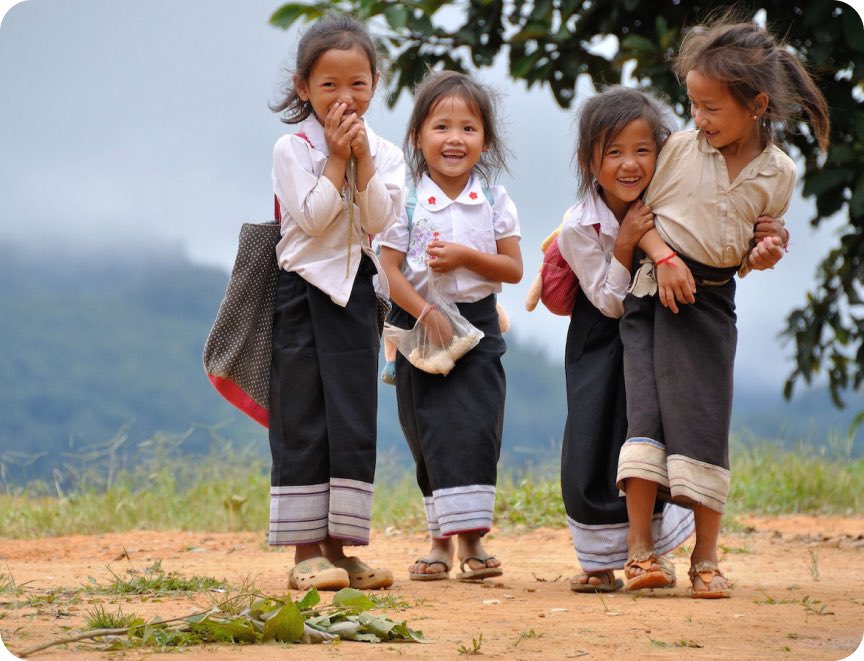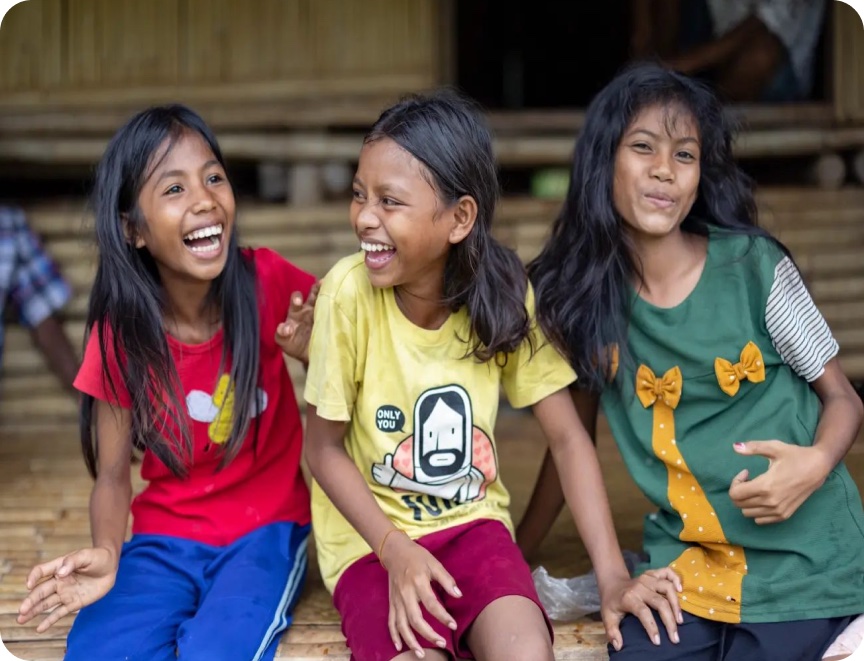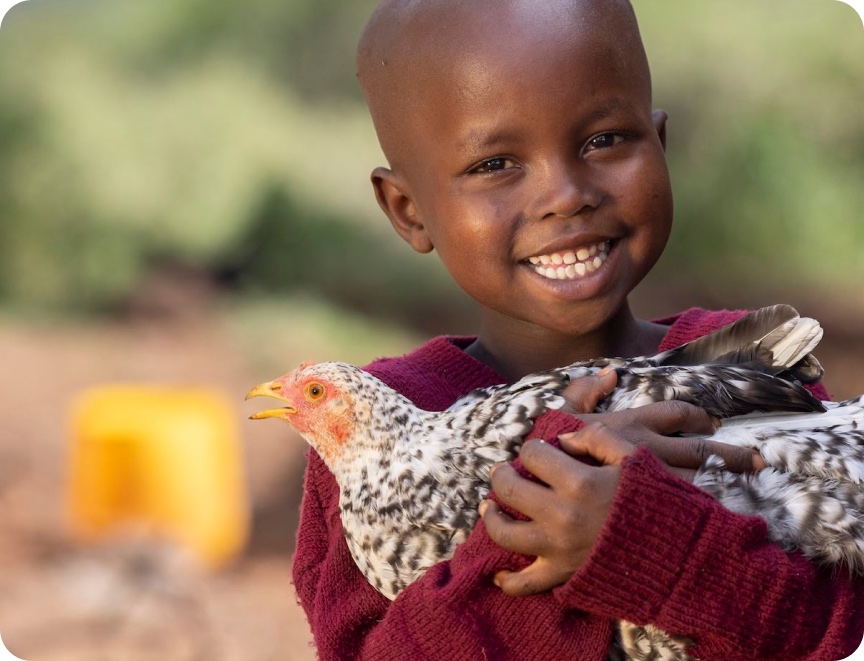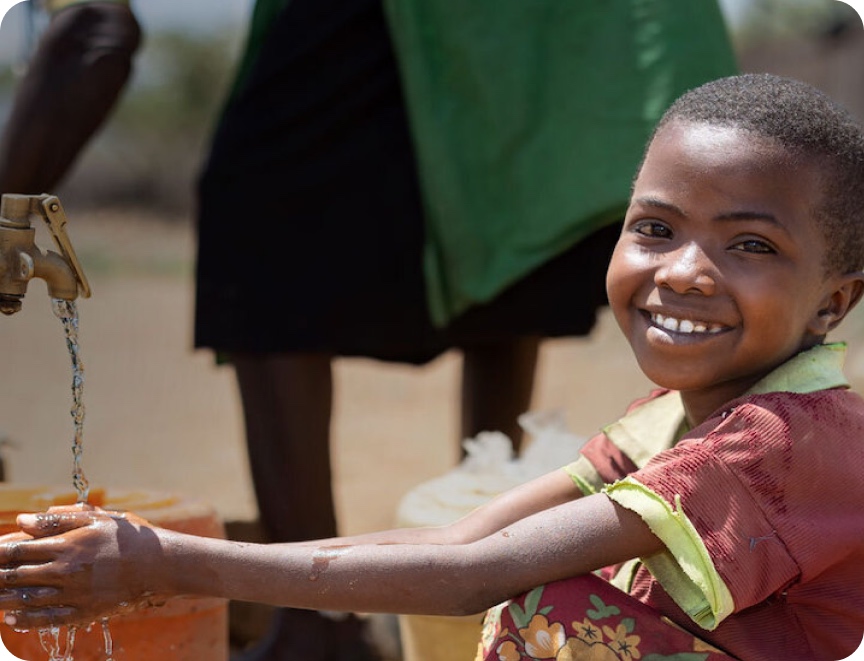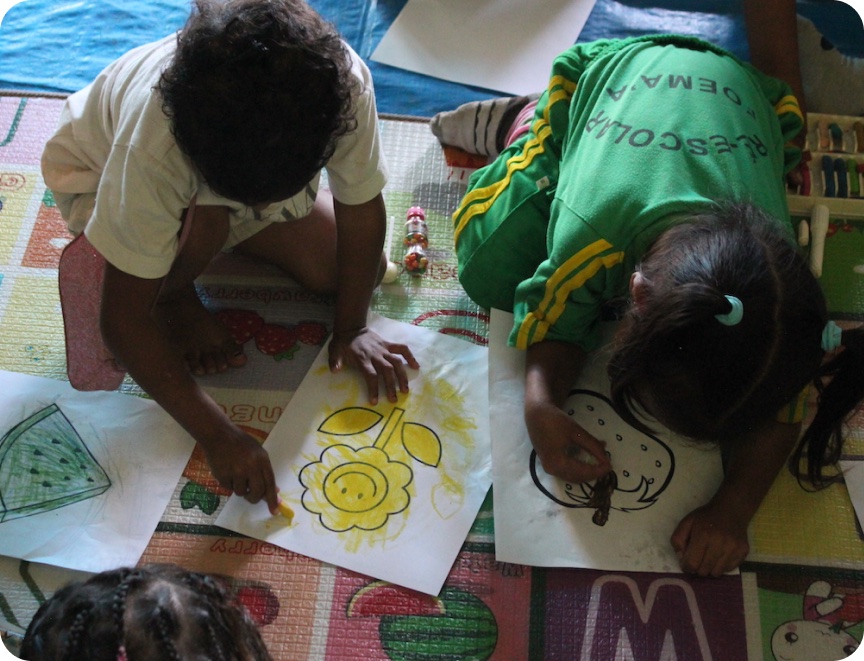Almost half (45%) of Australian children think alcohol is the main cause of violence in Australia, according to a new ChildFund survey, released today, of almost 6,500 children across the world. This was three times higher than the global result (16%) and the third- highest response in the world.
Of the developed countries taking part in the survey, New Zealand (35%), Ireland (28%) and Taiwan (28%) also ranked alcohol as a major factor. In developing countries, the majority of children surveyed in Cambodia (90%) and Mongolia (53%) said alcohol was the main cause of violence in their country.
These findings come from the fourth annual Small Voices, Big Dreams survey, commissioned by the ChildFund Alliance. This year’s survey asked 6,499 children aged 10 to 12 years in 47 countries (including 202 Australian children) about their views on peace, violence, heroes and happiness.
ChildFund Australia CEO Nigel Spence says: “When children were asked about the main causes of violence in their country, the results from Australia – and, in fact, throughout the Asia region – were particularly striking, with alcohol-related violence the number-one concern of children surveyed.
“We know that alcohol-fuelled violence is commonly reported in the news and may also be experienced in the home. Our survey results show that children are acutely aware of this and serve as a stark reminder that violence is an issue that affects children too.”
Globally, bad or unethical behaviour – including disobedience, laziness, greed and lying ÛÒ is the most common reason children give for violence (29%). For children in developed countries, alcohol (21%) and drugs (18%) ranked second and third. By comparison, children in developing countries ranked poverty (21%) second, with alcohol (13%) and social conflict (13%) equal third.
Key global findings on the main causes of violence:
- Almost half (45%) of Australian children think alcohol is the main cause of violence in their country, the third-highest response globally after Cambodia (90%) and Mongolia (53%). In fact, alcohol was reported as the main cause of violence by 25% of children across Asia, compared with 11% in the Americas and 6% in Africa.
- 70% of Afghan children surveyed said war/conflict is the main cause of violence in their country.
- 20% of children surveyed from the US reported guns are the main cause of violence in their country – second only to Laos where 27% of children mentioned gun violence.
- Poverty is cited by 21% of children in developing countries as the main cause of violence, compared with 10% of children in developed countries.
- 17% of Japanese children and 13% of French children surveyed reported bullying as a main cause of violence, the two highest results worldwide compared to the global average of 4%.
- Drug-related violence is a greater concern for children in the Americas (17%) than in Asia (7%) or Africa (5%).
One in three children globally (30%) said as leader of their country, they would tackle violence by improving law and order. For children in developing countries, improving education (17%) was the next priority (compared with just 6% of children in developed countries).
Mr Spence says: “Child protection is a key priority for ChildFund globally. Protection from violence is a huge issue for children and needs to be taken as seriously as food, water, education and healthcare.
“For us to address the key causes of violence in the communities where ChildFund works and to advocate for children on the national and global agendas, it is critical that we hear directly from children on this issue. This is not just about protecting children’s physical wellbeing. Violence, whether it’s in the home, at school or the wider community, can impact on a child’s education, health, emotional development and future livelihood opportunities.”
Children globally say Mum is their biggest hero
While children’s views on the causes of violence varied from country to country, children around the world overwhelmingly named family members as their hero and said being with family made them feel safe and happy.
When asked ‘who is your hero?’, children globally were most likely to report family members (46%), with Mum (15%) just pipping Dad (13%) at the post. In Australia, one-quarter of children (26%) said Mum is their hero, followed by Dad (15%).
Similarly, when asked ‘what makes you feel safe and happy?’, the top response for children globally was being with family (56%), followed by being with friends (21%). For Australian children, being with family ranked highest (70%); however, being with friends is even more important for Aussie kids (45%) than their peers globally – the second-highest response of all countries surveyed, after Sweden (47%).
The survey also highlighted some interesting differences between countries and regions:
- Political leaders and activists are ranked highly as heroes by children in Africa (27%), and more commonly in developing countries (16%) than developed countries (5%).
- Teachers/coaches ranked as top-billing heroes in Ghana (35%) and Nepal (40%). Regionally, they are more popular in Asia (10%) and Africa (9%) than the Americas (1%), where God and Jesus were more likely to be named by children as their hero (18%).
- One in four children in developing countries (25%) said school/education made them feel safe and happy ÛÒ only 5% said the same in developed countries.
Download the Small Voices, Big Dreams report.
Join in the conversation online by using the hashtag: #smallvoices


